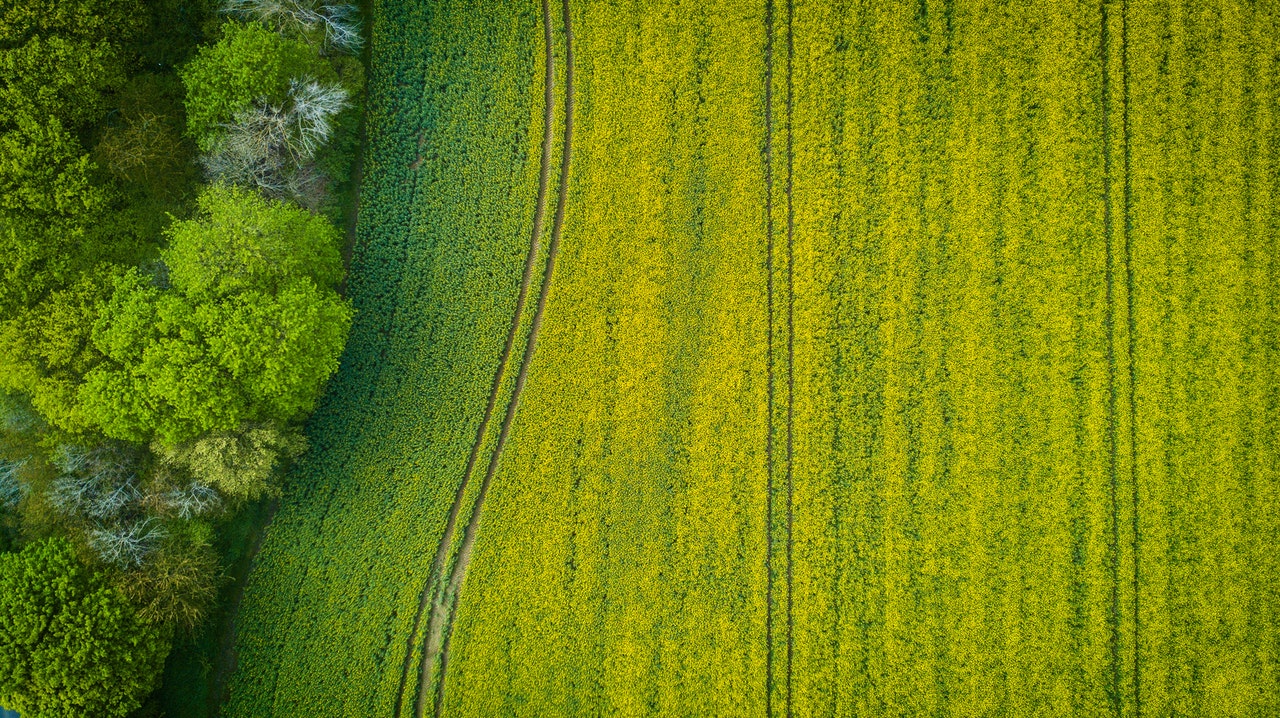Sound-related techniques are already applied in food factories and other industry. Both audible sound and infra- or ultra-sound frequencies.
Industries report the effects of sound : activation of enzymes, improved microbial reactions (e.g. fermentation) and improved micro-organisms in cleaning the environment.
The same kind of effects may be expected in plants and animals, as sound waves generate vibration of particles of air. These vibrations in turn induce electro-magnetic reactions in plant and animal cells, that – in turn -influence chemical and biological processes of growth.
Plants do react for example on sound vibrations around 5000 Hz, by opening the stomata underneath their leafs. Through these larger ‘mouths’ more O2 can move out as CO2 and nutrients can be inhaled.
In developing this music, the inventors have used both the music laws of harmony and insights in quantum physics.
Over the last 15 years at Coventry University prof. T.J. Mason has delivered many publications on the use of sounds and ultra-sounds in food industry. This science is called Sono-Chemistry. Electronic excitation is the key-word in explaining the effects. Industry applies it in metal industry and crystal business for atomization, precipitation, and filtration.
The sound spectrum is also used in biological processes as to improve membrane permeability, to activate enzymes, improve microbial reactions (e.g. fermentation) and to support micro-organisms in cleaning the environment.
Dorothy Retallack, in the seventies, was one of the first to talk about this subject and do more research in the scientific community. She published “The Sound of Music and Plants”. It detailed experiments conducted at the Colorado Woman’s College in Denver using the school’s three Biotronic Control Chambers. Mrs. Retallack placed plants in each chamber and speakers through which she played sounds and particular styles of music. She watched the plants and recorded their progress daily. She was astounded at what she discovered.
In the nineties agronomist dr. Yannick Van Doorne finished his PhD at the university of Gent in Belgium. This thesis –on the effects of sound on plants – is published in 2000 in French and Dutch language. On this work he has built an advisory company for Belgium and France.
In 2012 Pieter J.J. van Zyl published the dissertation for his Masters in Technology at University of Johannesburg South Africa: “Radio frequency for bio-electric stimulation of plants.” He concluded that tomatoes responded with a 56% higher yield mass.
Is there any logic explanation around for the reported effects? Two different approaches at least have sophisticated scientific backing. This modern backing –by the way – comes to the support and recognition of centuries old traditions.
Musician Walter Thut combines De Broglie-frequencies in quantum physics with the musical laws of harmony. He developed the so-called Harmonic–Elements Table. His company Planet Horizon Technologies treats water with specific signals and reports positive effects on salt tolerance, water saving and soil water holding capacity. Have a look at the article on this website ‘Improving water qualities with frequencies’.
Quantum physicist Joel Sternheimer offers specific protein music for specific plants. His music is based on the sequence of ultra-sound frequencies emitted during the formation of a protein where each signal ‘invites’ a series of specific amino-acids to join in the specific order of the sound broadcasted in the plant. Success has been documented in tomato crops and in vineyards! His technique is already patented internationally at the French Institut National de la Propriété Industrielle as “Method for epigenetic regulation of protein biosynthesis by scale resonance“. The patent was recognized as its “Applications in agriculture have shown its accuracy.” Have a look at the articles on this website about Genodics.











Add comment